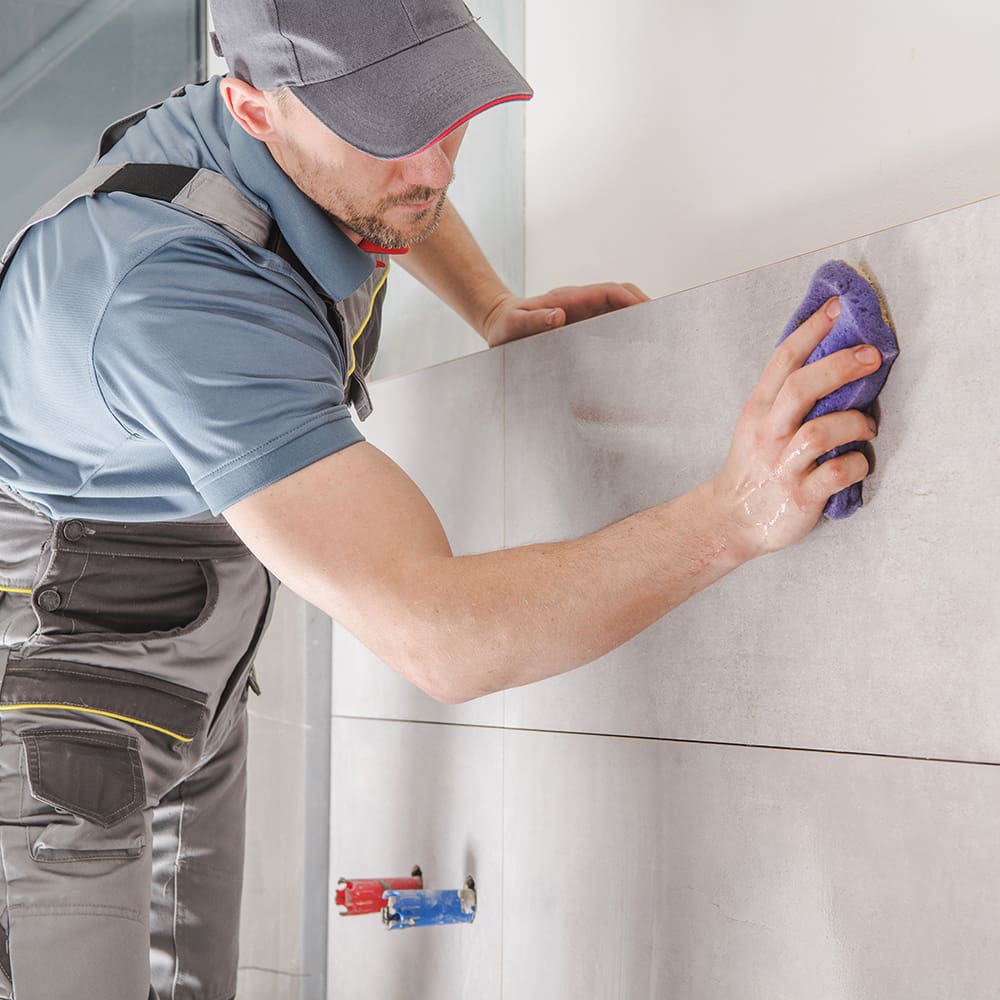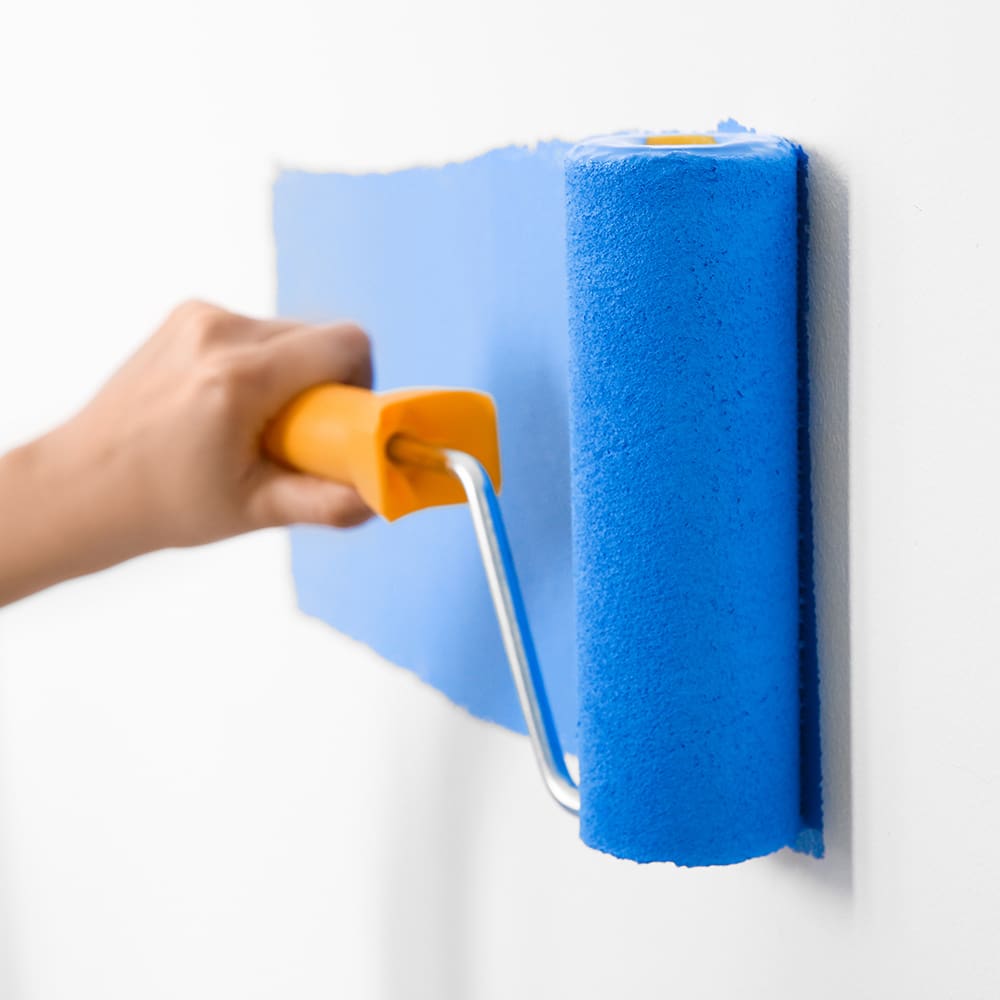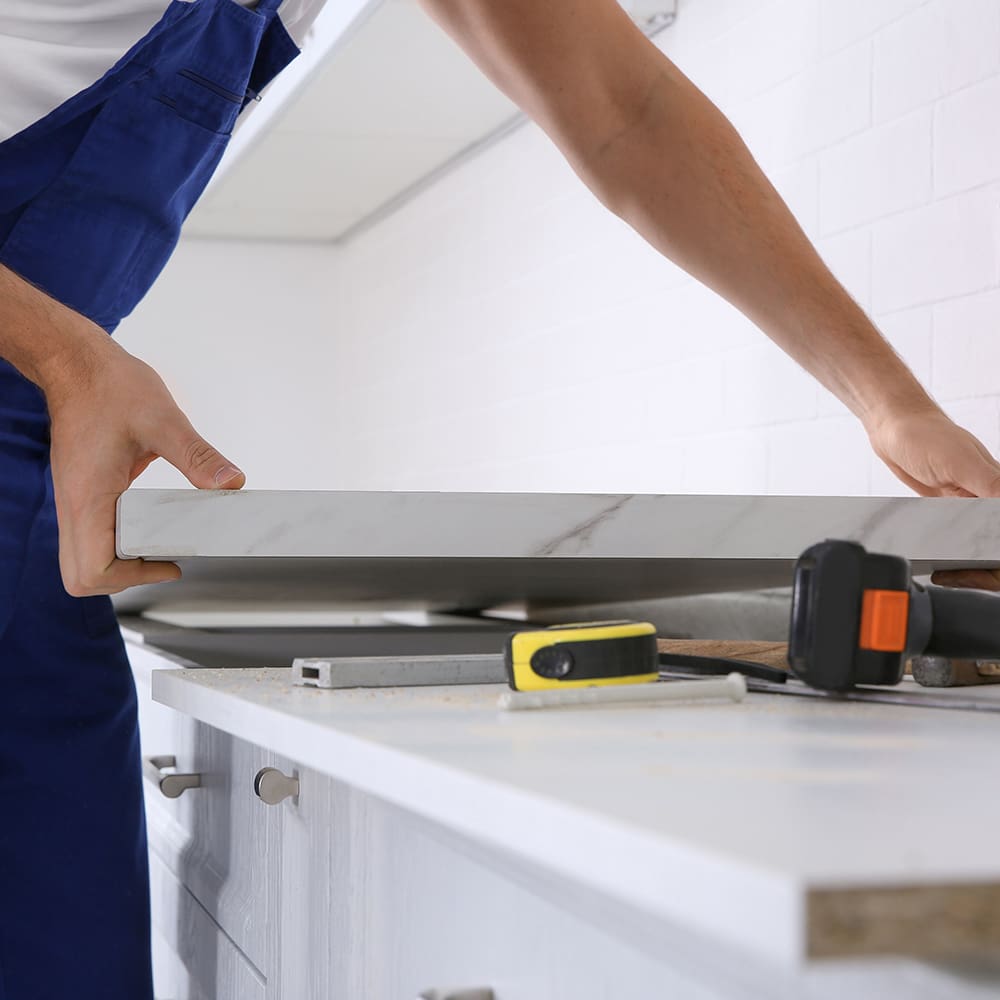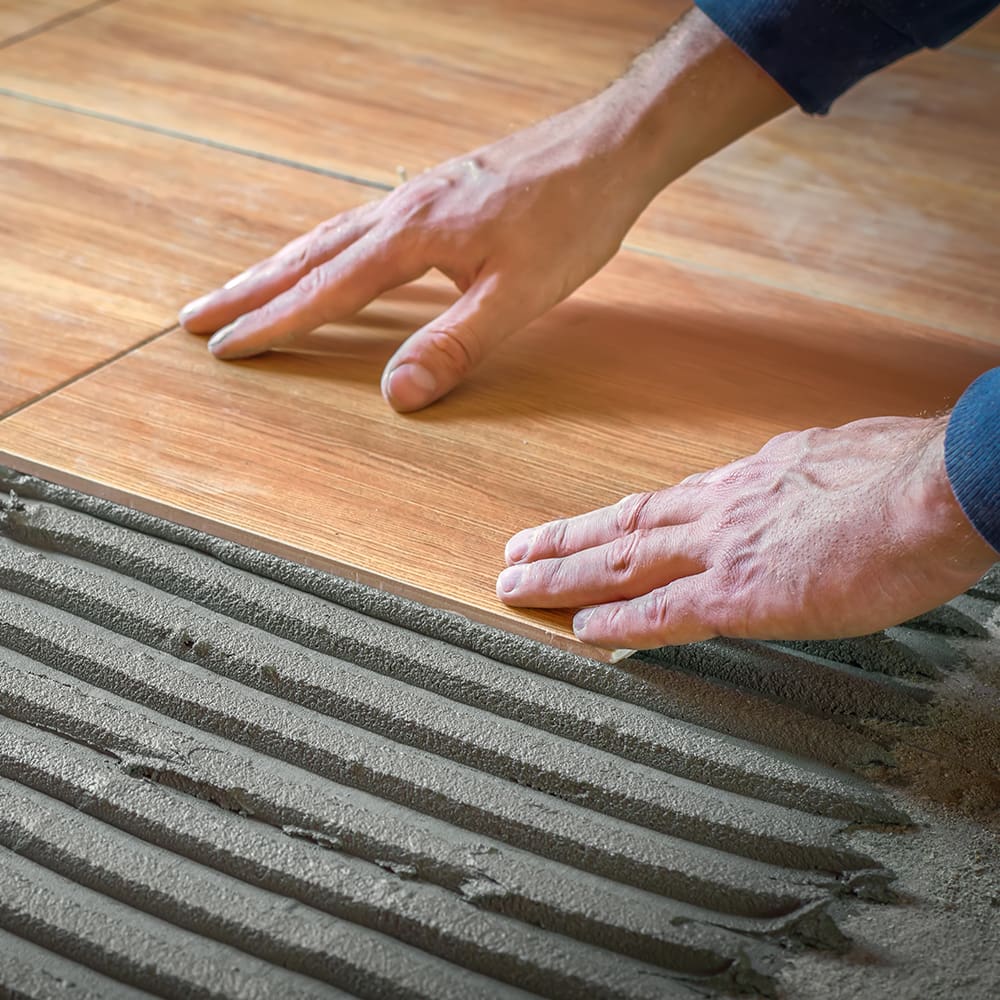Decoding the Cost of New Kitchen Cabinets

Renovating your kitchen is an exciting venture for any homeowner, and new kitchen cabinets often take center stage in the transformation. However, understanding the cost involved can be a daunting task. In this blog post, we'll unravel the complexities of kitchen cabinet costs, offering clarity and guidance on what you can expect.
In this article
Renovating your kitchen is an exciting venture for any homeowner, and new kitchen cabinets often take center stage in the transformation. However, understanding the cost involved can be a daunting task. In this blog post, we’ll unravel the complexities of kitchen cabinet costs, offering clarity and guidance on what you can expect.
The Basics of Kitchen Cabinet Costs
Understanding the cost of kitchen cabinets requires an overview of the factors that influence pricing. These factors can range from materials and finishes to customizations and installation services, each playing a significant role in the final price tag.
Cabinet costs primarily depend on the type of cabinets you choose—stock, semi-custom, or custom. Stock cabinets are mass-produced and generally offer the most affordable option, starting at around $60 per linear foot. Semi-custom cabinets provide more design flexibility and typically range from $100 to $650 per linear foot. Custom cabinets, tailored to your specific preferences, can start at $500 and go well beyond $1,200 per linear foot.
It’s essential to consider the quality of materials as well. Solid wood cabinets, although more expensive, tend to offer superior durability and aesthetics. Alternatively, materials like laminate or thermofoil are budget-friendly but may not match the longevity of solid wood.
Breaking Down the Installation Process
Installation is another crucial component of kitchen cabinet costs. The complexity of installation can vary significantly based on the type of cabinets and your kitchen layout. Professional installation typically ranges from $50 to $450 per cabinet, with the total cost influenced by factors such as labor rates, location, and the intricacy of the job.
Hiring a professional installer ensures precision and quality craftsmanship, reflecting positively on your kitchen’s overall appearance and functionality. While some homeowners may opt for a DIY approach to save on costs, it’s important to weigh this decision against potential mistakes that could lead to additional expenses.
Hidden Costs You Need to Know
Beyond the obvious costs of materials and installation, several hidden costs can impact your budget when purchasing new kitchen cabinets. One such cost is delivery fees, which can add up quickly, especially if you’re ordering cabinets from a remote location or a specialized manufacturer.
Another consideration is the need for additional hardware and accessories, such as handles, knobs, and hinges. While these items may seem minor, their cumulative cost can surprise you if not factored into your initial budget.
Lastly, unanticipated structural modifications might be necessary for cabinets to fit properly, particularly in older homes. Adjustments to accommodate plumbing or electrical fixtures can increase costs, so it’s wise to account for these possibilities.
Budgeting Tips for Smart Spending
When planning for new kitchen cabinets, establishing a realistic budget is essential. Start by determining your priorities—are you willing to invest more in aesthetics and customization, or is functionality your primary concern? This focus will guide your decision-making process and help you allocate resources effectively.
Consider visiting multiple suppliers and requesting quotes to compare prices and options. Don’t hesitate to ask for discounts or inquire about sales events that could stretch your budget further.
Additionally, be open to exploring refurbished or recycled cabinets. These options provide a sustainable solution that can significantly reduce costs without compromising on style or quality.
Maximizing Value with Expert Guidance
Partnering with a knowledgeable professional or interior designer can offer invaluable insights into maximizing the value of your investment. These experts can help you identify high-quality materials and designs that align with your budget, ensuring a seamless integration into your kitchen’s overall aesthetic.
By leveraging their experience, you can avoid common pitfalls and make informed decisions that enhance both the functionality and appeal of your kitchen.
Customization Options and Their Impact
Customization can elevate your kitchen cabinets from ordinary to extraordinary, but this often comes with a higher price tag. Options like unique finishes, intricate moldings, and specialized storage solutions can add to the overall cost.
However, these personal touches can significantly enhance your kitchen’s usability and visual appeal. Consider what features are most important to you and consult with your supplier to understand how customization will affect your budget.
Conclusion
Investing in new kitchen cabinets is a significant decision for any homeowner. By understanding the various cost components and planning effectively, you can transform your kitchen into a space that reflects your personal style and meets your functional needs. Whether you’re opting for stock, semi-custom, or custom cabinets, being informed will help you make the best choice for your home and lifestyle.




